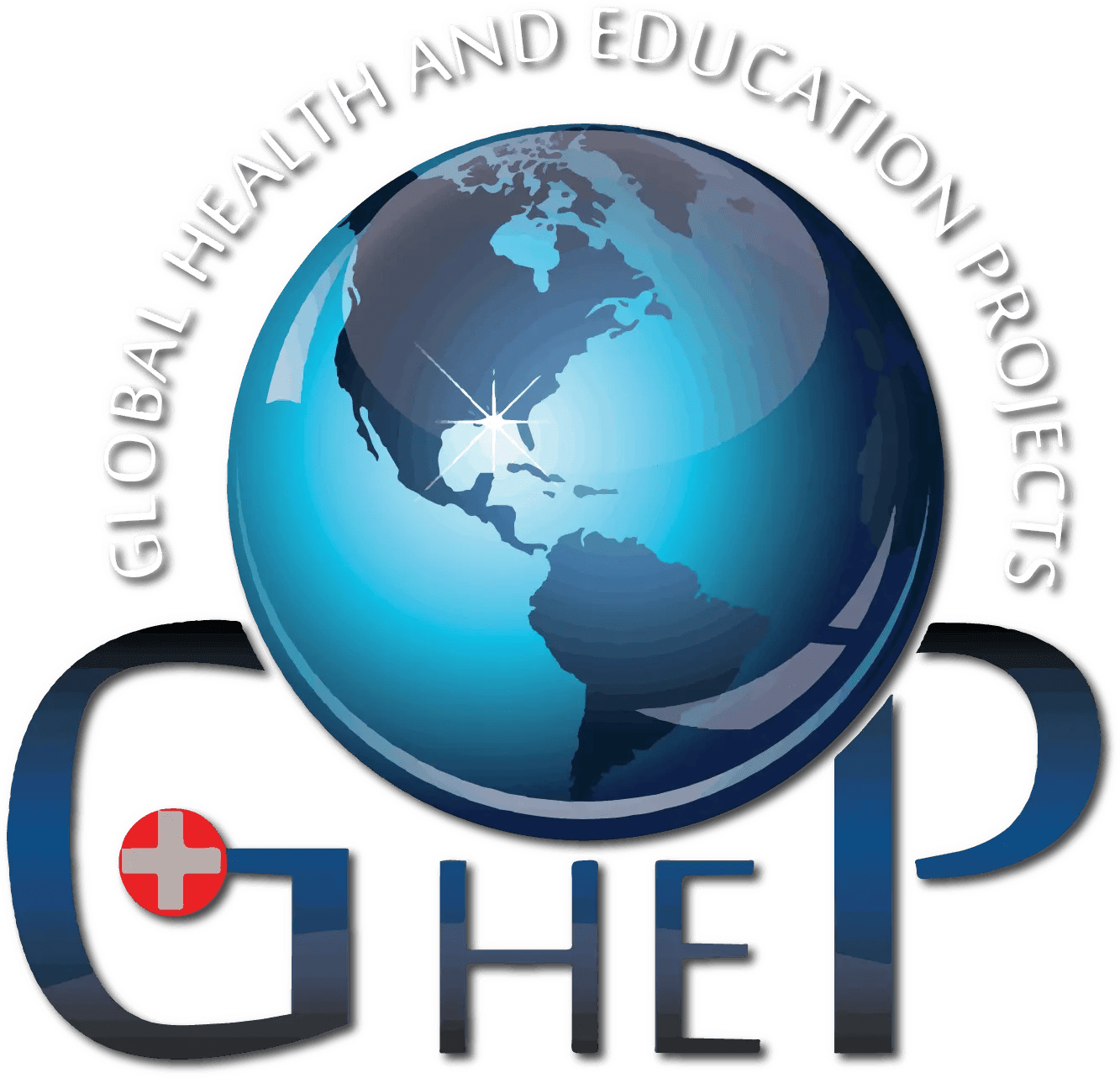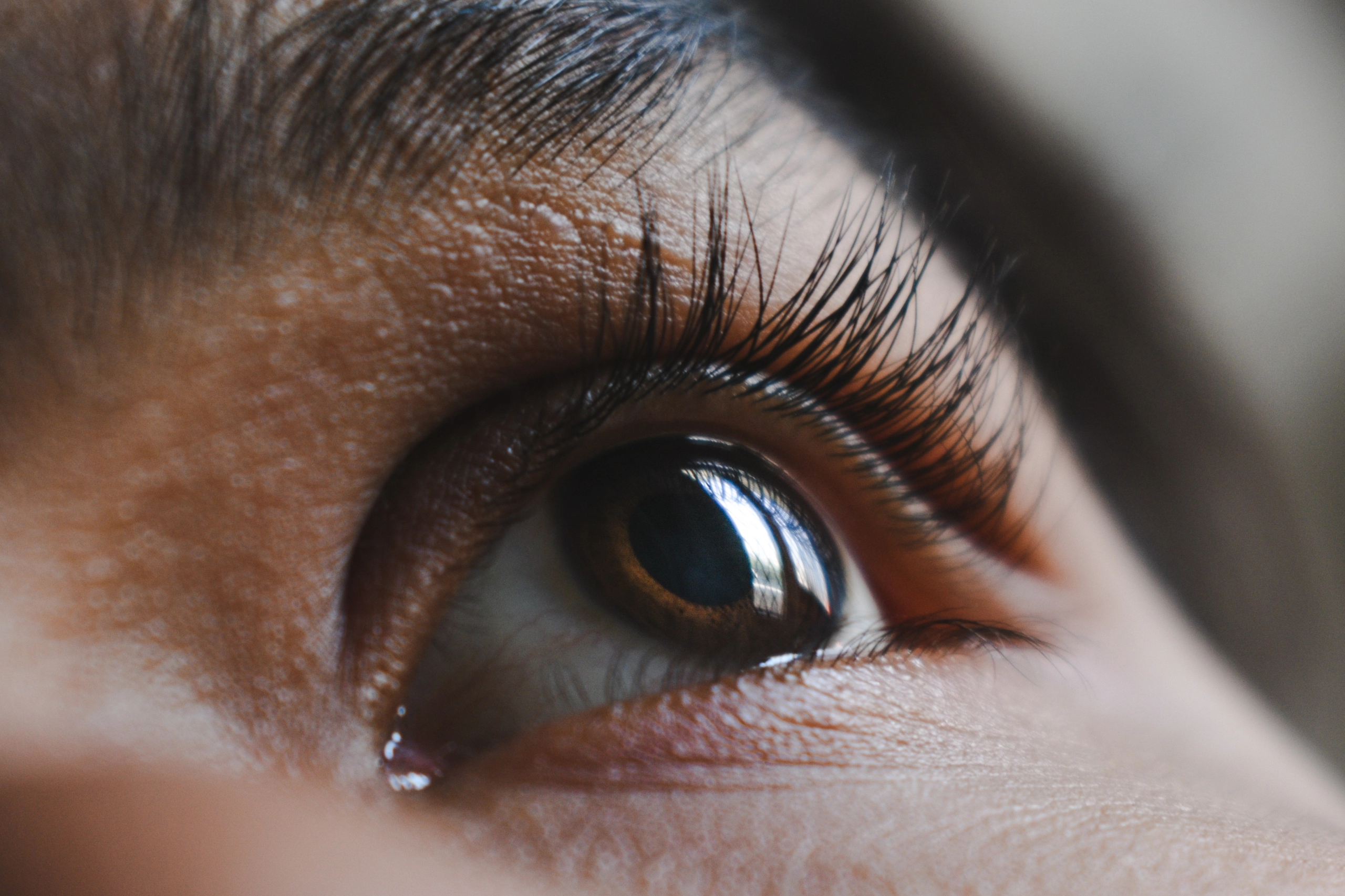The month of May every year has been dubbed Healthy Vision Month by the U.S. Centers for Disease Control and Prevention (CDC). Related to the Healthy Vision Initiative, this month commemorates and brings to light the importance of healthy eyes. Eye health, regardless of whether one is born with intact vision or not, can have an intrinsic relationship to overall well-being, success and even brain health.
Do you have near-sightedness, far-sightedness or something more serious like glaucoma? Well, there is only one way to find out. An eye exam. According to the NIH (National Institutes of Health, US), 48 million people suffer from near- or farsightedness (or refractive errors); 3 million from glaucoma, approximately; 8 million from diabetic retinopathy (a complication from diabetes); and even more, implying a significant chunk of the population is at risk.
Barriers remain. Despite the wallet- and life-saving tendencies of eye exams to rule out dangers like untreated glaucoma, diabetes-induced blindness and near-blindness (legal blindness, often related to more common incidences like farsightedness and nearsightedness) the procedure is out of reach for many.
In many localities, a systemic lack of availability for eye care plagues towns and even nations, leading to disease and discomfort. While stereotypically this may occur in the developing world, it bears noting this takes place in the US as well.
With so many barriers to eye care around us, it bears noting what the social determinants of health are. The social determinants of health, in simplified form, are the conditions in which residents live, work and play. GHEP works to address the social determinants of health. One of these determinants is economic stability that enables healthcare access in the first place, another is the quality of healthcare.
Economic stability is exactly what it sounds like. Can one afford basic life essentials to survive and have a decent quality of life? Stability is not income-based, rather it is based on whether available resources correspond to current means. Translation? Economic stability depends on how much money you need to live the life you need–not the best life or the most ideal life, but the one where your health can still be supported.
Saving up for healthcare is not a problem of willpower. It is a problem of insurance. In the US, insurance is provided either through government or employer, and for people who do not have sufficient, or even any, insurance fall through the cracks. Amongst these populations are young people who are not yet at a state of employment that can provide for their needs.
Another issue that prevents access to good healthcare is simply logistical. Many doctors’ offices have long waiting lists to see patients, which means that many ill people, some of whom have multiple jobs, may miss narrow windows of opportunity for care. At the same time, eye exams at department stores exist for people without significant conditions and usually with the expectation that “patients” will become customers and buy eyeglasses.
As a young American, like those in my age group, I am fortunate in many ways. But in other ways, I envy many European nations where I could access healthcare subsidized or provided by the central government, such as the UK or Germany. I am just starting my career and experiencing what my world would like without insured healthcare, or healthcare with wide coverage in general. This includes the gallows humor joke about why dental and eye insurance are separate from regular insurance: “teeth and eyes aren’t part of the body!” Jokes aside, a sense of absurdity and callousness pervades the experiences of many Americans–as though they could pick and choose what body part falls ill first.
It is crucial to imagine a world where everyone could see clearly–literally–either in terms of their own personal health or policy needs. We only need a new pair of lenses to imagine the possibility of a health-driven, rather than paperwork- or profit-driven healthcare system. While doctors and insurance brokers deserve to earn a living, the welfare of their patients and the professionals who serve them should not approach a zero sum game in terms of profits and fees. But with worthy initiatives and caring stakeholders like you and I, change can become possible.
At GHEP, we are committed to making that world possible. We believe that if we support our Public Health 360 (PH360) burgeoning leaders, trainees in a program dedicated to the bridge between theory and academic practice, they will support structural and policy change in whatever field or nation they are working in.
Several of our graduates, in fact, are already making change; like Dr. Driss of Burundi, who manages community health workers in making community care accessible and affordable. While this appears far afield from policy change in the US, this relates to our training program’s strengths in imparting change globally and not just at our home base in the US.
You can join us as a changemaker and remedy injustice with us as a PH360 intern starting this summer. Join today and stand up to disparities home and abroad: https://globalhealthprojects.org/publichealth-360/.
Sources
Eye Disease Statistics. National Eye Institute. National Institutes of Health. Updated March 2014. Accessed May 26 2023. https://www.nei.nih.gov/sites/default/files/2019-04/NEI_Eye_Disease_Statistics_Factsheet_2014_V10.pdf
Healthy Vision Month. Centers for Disease Control and Prevention. Updated December 19 2022. Accessed May 20 2023. https://www.cdc.gov/visionhealth/healthyvisionmonth/index.htm
Social Determinants of Health: Economic Stability and SDOH. Updated June 2021. Accessed May 20 2023. https://www.cwla.org/wp-content/uploads/2021/06/SDOH-One-Pager-EconomicStability.pdf

